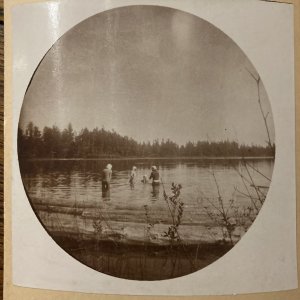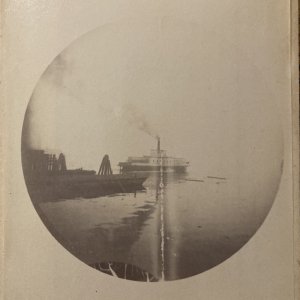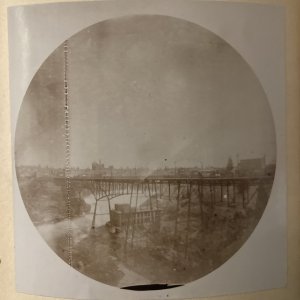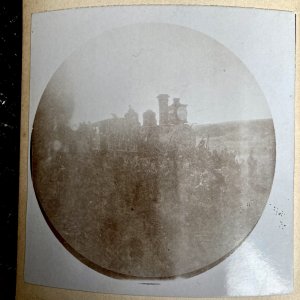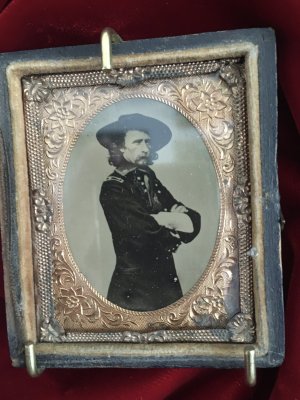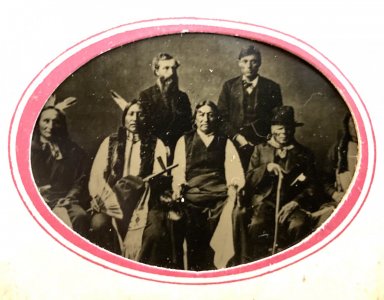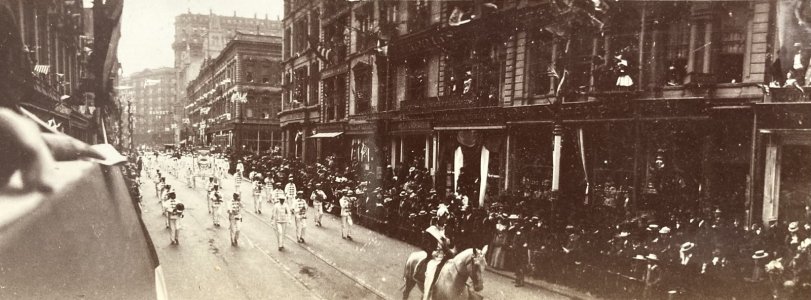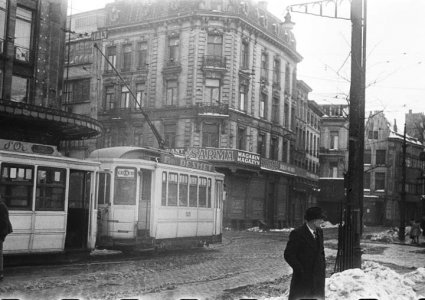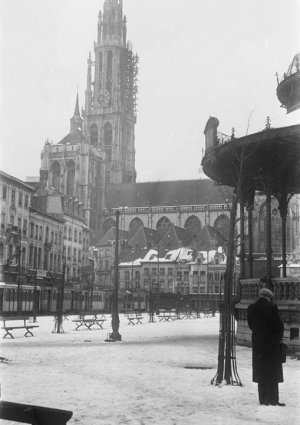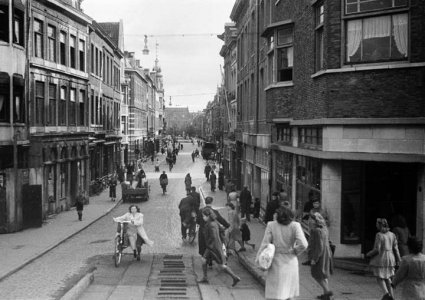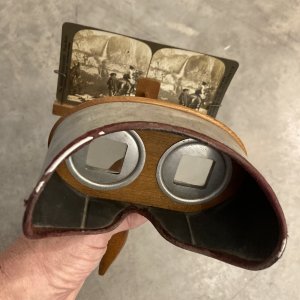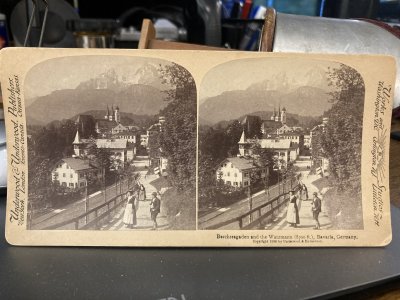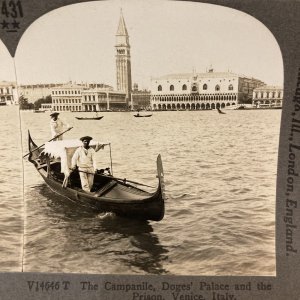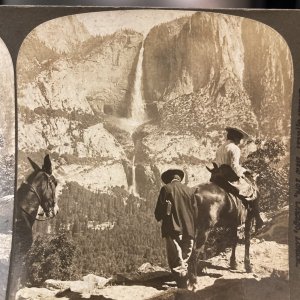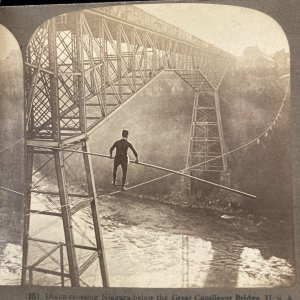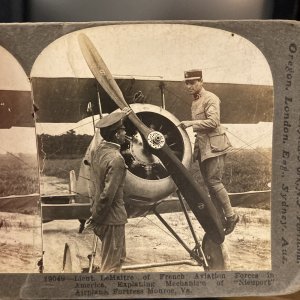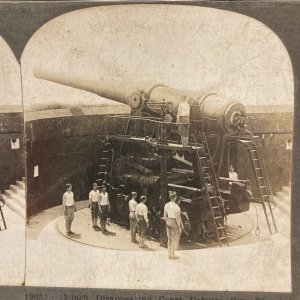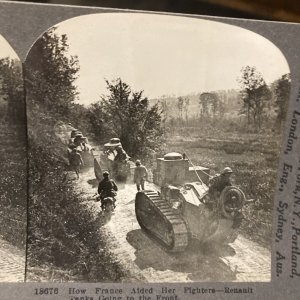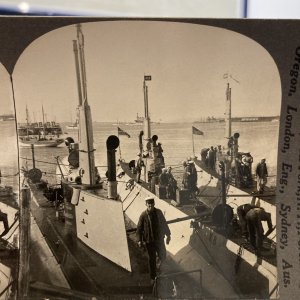x-ray
Veteran
I don’t recall ever seeing a thread on photos made prior to the1950’s. I’m talking tintypes, Ambrotypes, Daguerrotypes, vintage platinum, cyanotypes, CDV and cabinet cards. Let’s show images you’ve purchased in antique shops or old family images prior to the 50’s.
Please let us know what the medium is and any known history of the image and process.
I‘be collected photos for 60 years and will kick off the thread with a set of images from the first generation mass marketed Kodak Bullseye #1. If you’re not aware of this camera it has George Eastman attempt to make photography something the average family could afford and make photos of the family.
The Bullseye #1 came preloaded with 100 exposures and when the last photo was made you sent the camera to Kodak and they processed and printed the negs and reloaded the camera with another 100 exposure roll and returned it with the prints.
The camera was introduced in 1880 so the film was nitrocellulose and highly flammable plus the film broke down and degraded over a couple of decades rendering the negatives useless.
No information on where but we’re around 1880. The most interesting image is the train. Looking carefully at the train it’s surrounded by soldiers in uniform carrying rifles. Most likely they were 1873 or some variant of the 45-70 Springfield trapdoor. These would have been soldiers that fought in the Indian wars or may have guarded the train due to valuable cargo or a very important person.
Notice the images are circular. They were toned and mounted by Kodak.
Please let us know what the medium is and any known history of the image and process.
I‘be collected photos for 60 years and will kick off the thread with a set of images from the first generation mass marketed Kodak Bullseye #1. If you’re not aware of this camera it has George Eastman attempt to make photography something the average family could afford and make photos of the family.
The Bullseye #1 came preloaded with 100 exposures and when the last photo was made you sent the camera to Kodak and they processed and printed the negs and reloaded the camera with another 100 exposure roll and returned it with the prints.
The camera was introduced in 1880 so the film was nitrocellulose and highly flammable plus the film broke down and degraded over a couple of decades rendering the negatives useless.
No information on where but we’re around 1880. The most interesting image is the train. Looking carefully at the train it’s surrounded by soldiers in uniform carrying rifles. Most likely they were 1873 or some variant of the 45-70 Springfield trapdoor. These would have been soldiers that fought in the Indian wars or may have guarded the train due to valuable cargo or a very important person.
Notice the images are circular. They were toned and mounted by Kodak.


